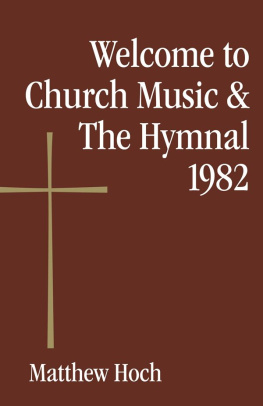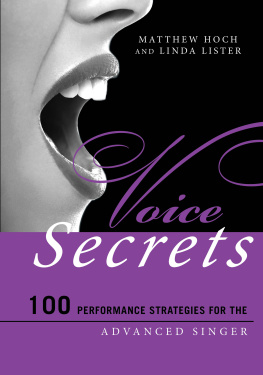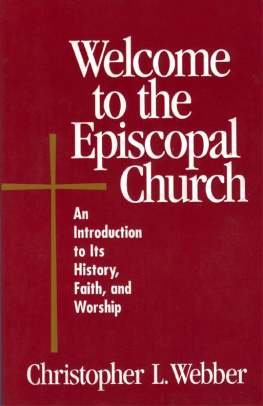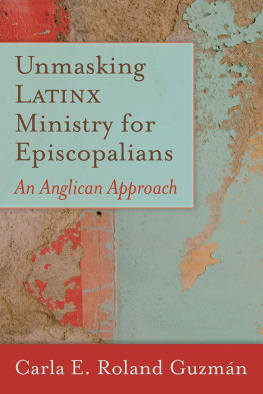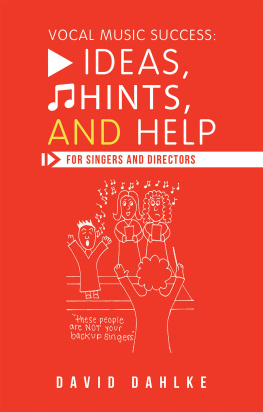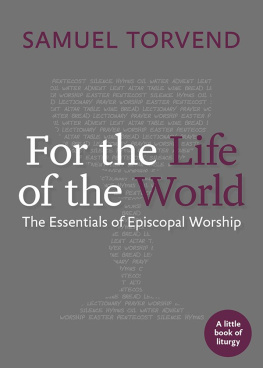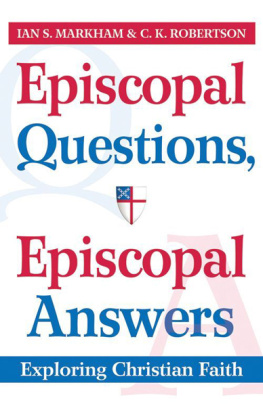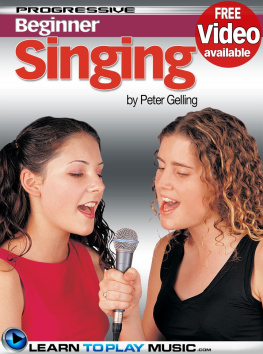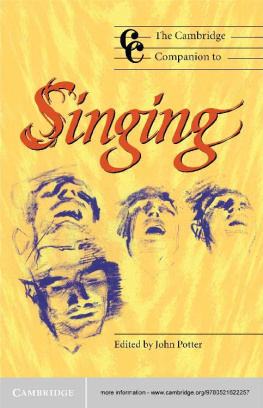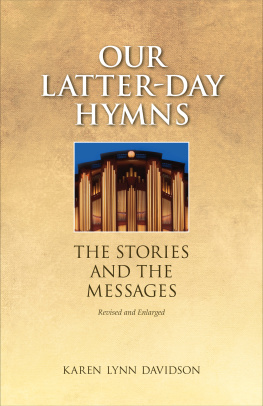Welcome to Church Music and The Hymnal 1982
Welcome to
Church Music and
The Hymnal 1982
Matthew Hoch

Copyright 2015 by Matthew Hoch
All rights reserved. No part of this book may be reproduced, stored in a retrieval system, or transmitted in any form or by any means, electronic or mechanical, including photocopying, recording, or otherwise, without the written permission of the publisher.
Unless otherwise noted, the Scripture quotations contained herein are from the New Revised Standard Version Bible, copyright 1989 by the Division of Christian Education of the National Council of Churches of Christ in the U.S.A. Used by permission. All rights reserved.
Morehouse Publishing
19 East 34th Street, New York, NY 10016
Morehouse Publishing is an imprint of
Church Publishing Incorporated.
www.churchpublishing.org
Cover design by Laurie Klein Westhafer
Typeset by Vicki K. Black
Library of Congress Cataloging-in-Publication Data
Hoch, Matthew, 1975author.
Welcome to church music and the Hymnal 1982 / Matthew Hoch.
pages cm
Includes bibliographical references.
ISBN 978-0-8192-2942-7 (pbk.) -- ISBN 978-0-8192-2943-4 (ebook) 1. Episcopal Church--Hymns--History and criticism. 2. Hymnal 1982. I. Title.
ML3166.H63 2015
264'.03023--dc23
2014034813
To Trinity Church in Boston, Massachusetts,
where I fell in love with the music of the Episcopal Church
and met and married Theresa,
the love of my life and mother of our three children;
to St. Peters Episcopal Church in Rome, Georgia,
where I cut my teeth as an Episcopal choirmaster; and
to Holy Trinity Episcopal Church in Auburn, Alabama,
where I hope to spend the remainder of my days.
Acknowledgments
Writing a book is always a group effort, and I am grateful to several individuals for their support throughout this project. Nancy Bryan, editorial director of Church Publishing, was enthusiastic about this book from the beginning, and I would like to thank her for guiding me through the proposal and writing process. Her wisdom was invaluable in shaping the manuscript, and it would have been a very different book without her insights. Production manager Ryan Masteller efficiently shepherded me through the production phase, patiently answering my many questions and welcoming my thoughts throughout the process. The expertise of copyeditor and typesetter Vicki Black also greatly improved the final product, and I am grateful for her meticulous work. I am also immensely thankful to Carl P. Daw, Jr., who graciously proofread the entire manuscript during the final editing stages.
Several mentors from my past were also pivotal to my training as a church musician, as I would like specifically to thank Roger Ard, Richard Coffey, George Damp, Brian Jones, Donald Nally, and Helmuth Rilling for teaching me so much about liturgy and music.
Perhaps most important, I am indebted to my wife, Theresa. Completing this manuscript was all-consuming, and I could not have written this book without her patience and support.
Easter morning on Copley Square in Boston is cool and bright. The sun streams through the LaFarge stained glass windows as two thousand parishioners make their pilgrimage into the nave of Trinity Church carrying bells of various assortmentssome brought from home and others, smaller, distributed by the ushers. After the organ prelude, a brass fanfare signals the beginning of the opening hymnJesus Christ Is Risen Todaysung full-throated by the congregation as the choir and clergy process in festal pageantry. A thousand bells ring with every utterance of Alleluia. The euphoria climaxes on the fourth and final stanza, now played and sung a tad slower and a step higher with an alternate organ harmonization and an ethereal treble descant, perfectly depicting the risen Christ in a blaze of aural splendor.
Easter morning during my years at Trinity Church Boston remains one of my most profound spiritual experiences, yet I could have just as easily cited half a dozen others: a quiet candlelight Lessons and Carols service on a snowy Christmas Eve in a small city in Connecticut, a chilly autumn evensong in New York City, and a meaningful performance of Olivet to Calvary on a warm Palm Sunday afternoon in a college town in the Deep South were also transformative experiences for me. Every faithful churchgoer will inevitably have his or her own cherished memories of worship, reflecting experiences as diverse as the people, regions, and parishes themselves. A paperless service in a small church in Montana, a Taiz service in California, or a jazz-influenced coffee-house in Michigan are a few examples of the many ways in which music and worship are inexorably linked. For meand I suspect for many othersmusic is an integral part of worship. The intellectual, emotional, spiritual, and musical elements are so entwined with each other that I often cannot tell where one component starts and another begins. The most significant spiritual experiences of my life have been complemented by the sounds of sacred music.
Music unquestionably heightens emotional experiences. Can one imagine watching an epic film without its sound-track? Spiritual experiences are similar: the music enhances the liturgical drama of a particular moment in the service or season. The worshipper is moved by what he or she hears, andconsequentlyfeels. Oliver Sacks, in his bestselling book Musicophilia: Tales of Music and the Brain, notes that
We humans are a musical species no less than a linguistic one. This takes many different forms. All of us (with very few exceptions) can perceive music, perceive tones, timbre, pitch intervals, melodic contours, harmony, and (perhaps most elementally) rhythm. We integrate all of these and construct music in our minds using many different parts of the brain. And to this largely unconscious structural appreciation of music is added an often intense and profound emotional reaction to music. The inexpressible depth of music, Schopenhauer wrote, so easy to understand and yet so inexplicable, is due to the fact that it reproduces all the emotions of our innermost being, but entirely without reality and remote from its pain. Music expresses only the quintessence of life and of its events, never these themselves.
Many of us have experienced this very phenomenon during worship: that moment when the music perfectly matches the text and raises it to a new level where words cannot go by themselves. The perfect marriage of tune and text evokes a profound emotional/neurological experience. Textlessor absolutemusic can transport us to spiritual places as well, as when an organ prelude or improvisation perfectly complements the season or liturgical action. And perhaps nothing is more fulfilling than singing together, making music as a spiritual community. Although difficult to articulate in words, music has profound theological and spiritual content for many people.
This bookpart of the Morehouse Welcome to seriesis devoted to church music with particular emphasis on the musical liturgy of the Episcopal Church and its official hymnal, The Hymnal 1982. It is intended to be a vehicle for parishioners to explore the history, structure, and meaning of liturgical music, its synergy with the Book of Common Prayer, and its role in making worship more meaningful. It must be emphasized that this book is an introductionnothing more, nothing less. It is my hope that parishioners hungry for more knowledge about the music of the Episcopal Church will continue their journey by exploring the resources listed in the bibliography.

